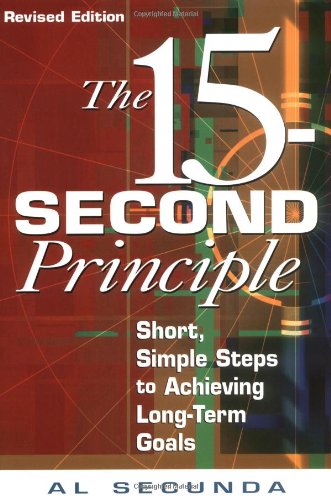Peabody and the Royal Institute of British Architects (RIBA) are pleased to announce the launch of an international design competition for a new library building in Southmere Village, Thamesmead. This new civic building will be at the heart of the first phase of the planned 1,622 new homes to be delivered as part of the Abbey Wood and South Thamesmead Housing Zone in the London Borough of Bexley. It will be located on the south side of Southmere Lake within 10 minutes’ walk of the eastern most terminus of the new Elizabeth Line at Abbey Wood. This new state-of-the-art building will serve the needs of new, existing and future communities, with a 21st century library, learning space and potential to accommodate other civic functions, including learning, health and wellbeing spaces.
This competition provides an opportunity for creative design solutions to be explored that engage with the lakeside settings and Peabody’s commitment to investing in the local area. John Lewis, Executive Director, Thamesmead-Peabody said: “Building great places where people want to be is fundamental to our plans for Thamesmead. We are excited about the potential for a state-of-the-art library, learning and wellbeing space in a new cultural quarter close to the Elizabeth Line station at Abbey Wood. We are looking for architects from across the world to submit their ideas and help Thamesmead reach its potential as London’s new town.” Leader of the London Borough of Bexley, Cllr Teresa O’Neill OBE said; “This is a chance to get involved with providing our residents with a building worthy of the great new development planned at Southmere Village.
The new library will be a key part of the local community and with such an interesting brief we should see some innovative designs, giving us a building we can all be proud of.” Peabody’s plans for Thamesmead will deliver around 20,000 new homes in the town. Proctor & Matthews architects are leading on the design of the 1,622 new homes in the South Thamesmead Housing Zone and they will help draw up a shortlist from the expressions of interest alongside experts including: Peabody, the London Borough of Bexley and architect John Whiles from Jestico + Whiles acting as the RIBA Architect Adviser. Further details about the project and how to enter is available at www.architecture.com/competitions or www.thamesmeadnow.org.uk/southmere-library The deadline for receipt of Expression of Interest returns is 2.00pm (BST) on Thursday 13 July 2017.


.jpg)





